Cumin seeds
Cummin Seed (Cuminum cyminum), also known as cumin, is an aromatic spice with a long history of culinary and medicinal use.
₹1,000.00
Cummin Seed (Cuminum cyminum), also known as cumin, is an aromatic spice with a long history of culinary and medicinal use. Here is a comprehensive overview of cummin seed:
Plant Size and Type:
- Cummin is an annual herbaceous plant that belongs to the parsley family (Apiaceae).
- It typically grows to a height of 20 to 30 inches (50-75 cm).
Taste and Color:
• Cummin seeds have a warm, earthy, and slightly nutty flavor with a hint of citrus.
• The seeds are small and elongated, ranging in color from brown to amber.
Soil Type for Growth:
- Cummin seeds thrive in well-drained, sandy loam or clayey soils.
- They require good soil moisture during the growing season.
Regions of Production:
- Cummin is primarily produced in countries such as India, Iran, Turkey, and China.
- In India, the main regions of production include Gujarat, Rajasthan, and Uttar Pradesh.
Maturity Period and Environmental Conditions:
- Cummin plants typically mature within 100 to 120 days from sowing.
- They require a warm and sunny climate to grow best, with temperatures ranging between 20°C to 30°C (68°F to 86°F).
- Adequate rainfall during the growing season is essential.
Physical Properties and Ingredients:
- Cummin seeds are small, oval-shaped, and about 3-6 mm in length.
- They have a distinctive aroma due to the presence of essential oils, mainly cuminaldehyde.
- Other components include carbohydrates, protein, dietary fiber, and minerals like iron and calcium.
Shelf Life After Harvesting and Storage Conditions:
- Properly stored cummin seeds can have a shelf life of up to 3 years or more.
- To maintain freshness, store them in an airtight container in a cool, dark place away from direct sunlight and moisture.
Uses and Consumers:
- Culinary: Cummin seeds are a popular spice used in various cuisines worldwide. They are commonly used in curry powders, spice blends, and as a seasoning for rice, stews, and meats.
- Medicinal: Cummin is believed to have various health benefits, including aiding digestion, reducing inflammation, and providing antioxidants.
- Traditional: In some cultures, cummin is used as a part of traditional medicine and rituals.
- Food Industry: The food industry uses cummin in the production of snacks, sauces, and processed foods.
Consumer Use:
- Home cooks and professional chefs use cummin seeds to enhance the flavor of a wide range of dishes, from Indian curries to Mexican salsas.
- Herbalists and natural health enthusiasts use cummin in teas and herbal remedies.
- The spice industry incorporates cummin into spice blends and packaged seasonings.
In summary, cummin seed is a versatile spice with a unique flavor and numerous culinary and medicinal applications. It is primarily grown in specific regions around the world, with India being a significant producer. When stored correctly, cummin seeds can last for an extended period, making them a valuable addition to the pantry of many households and food businesses.

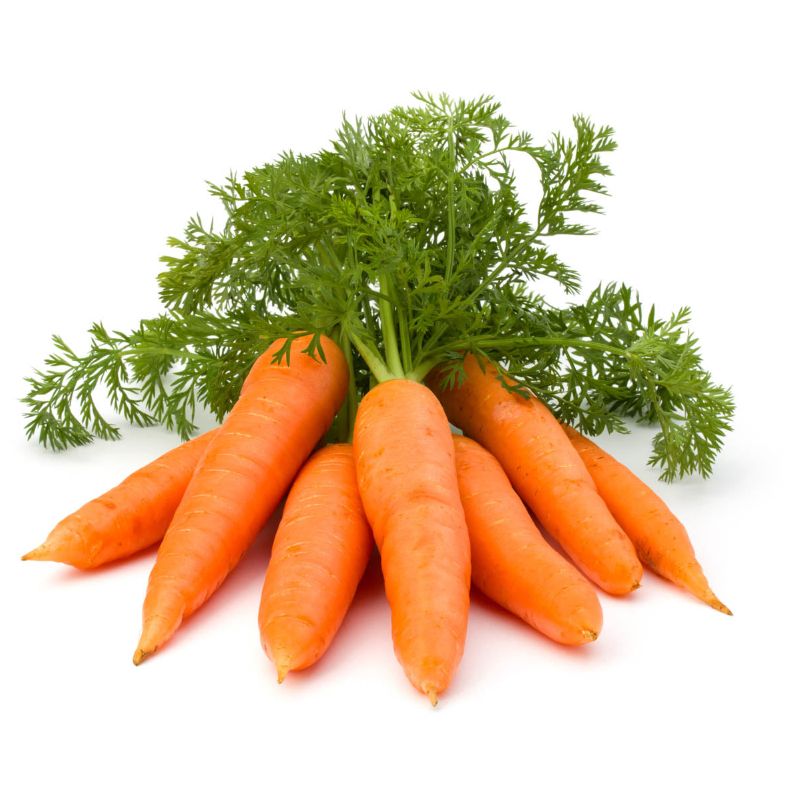
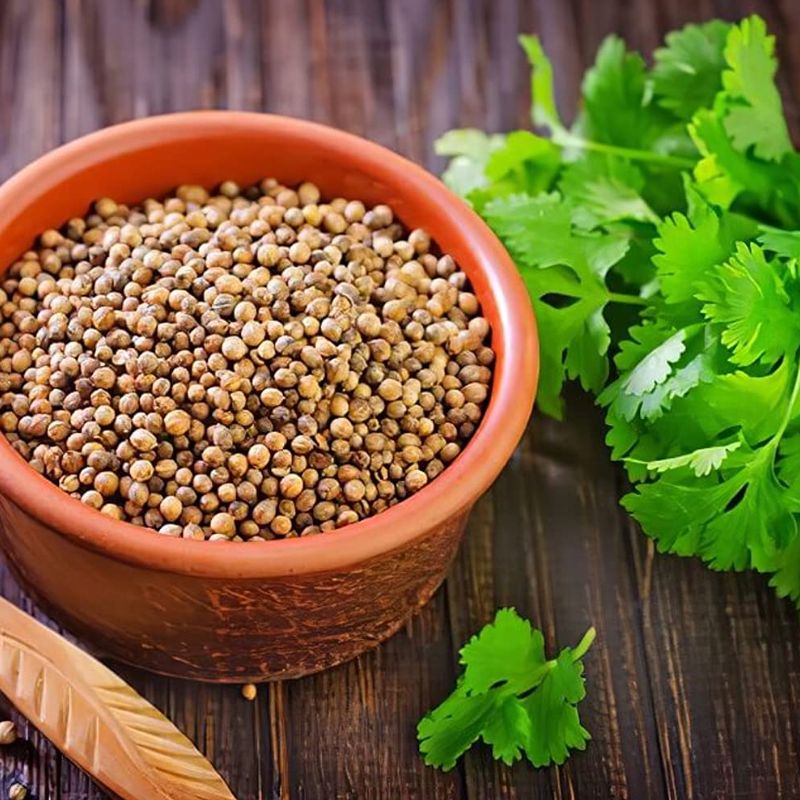

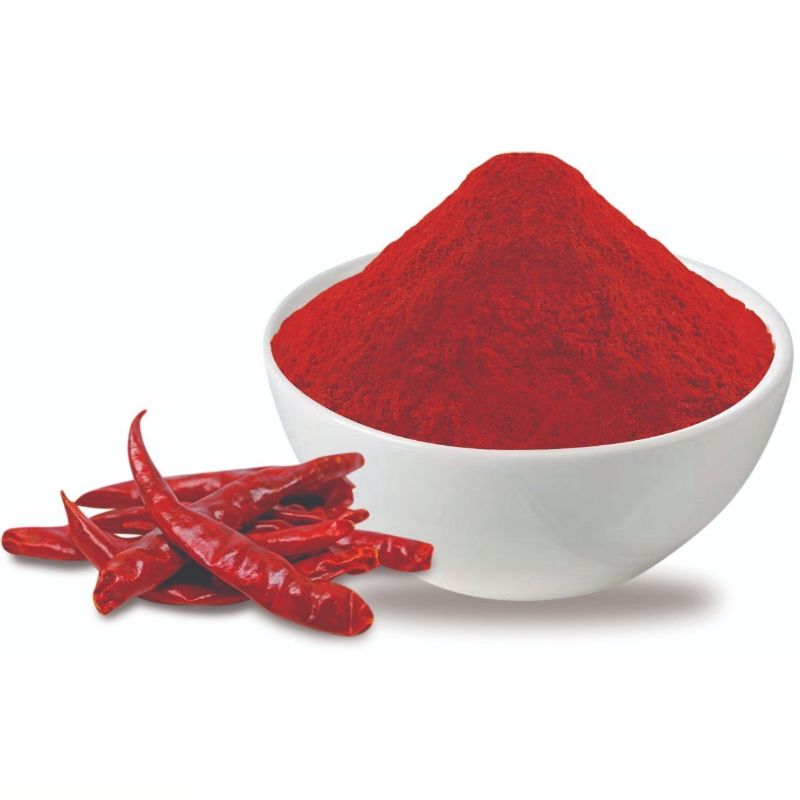
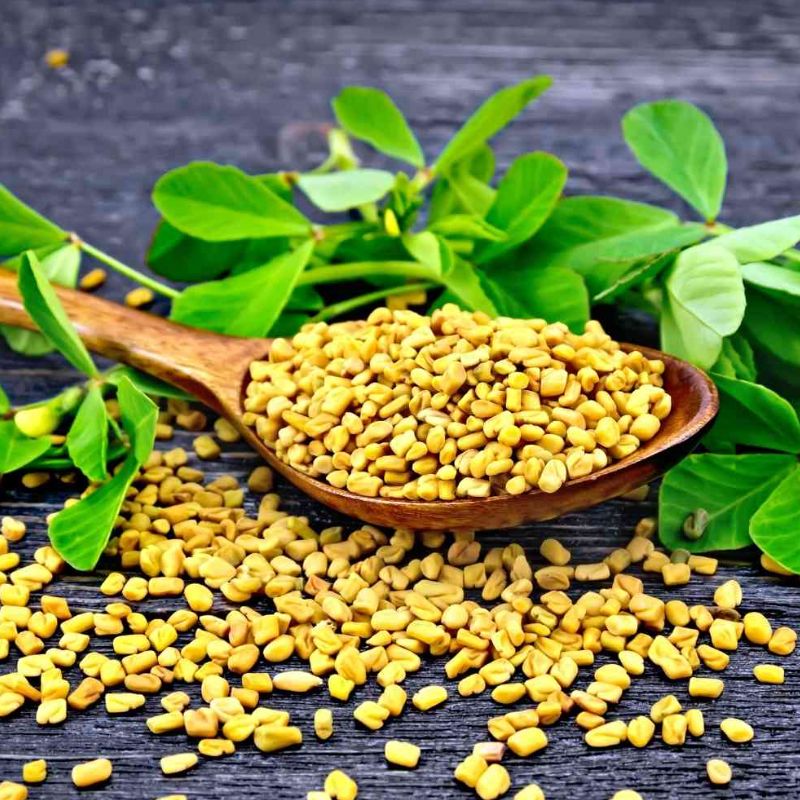

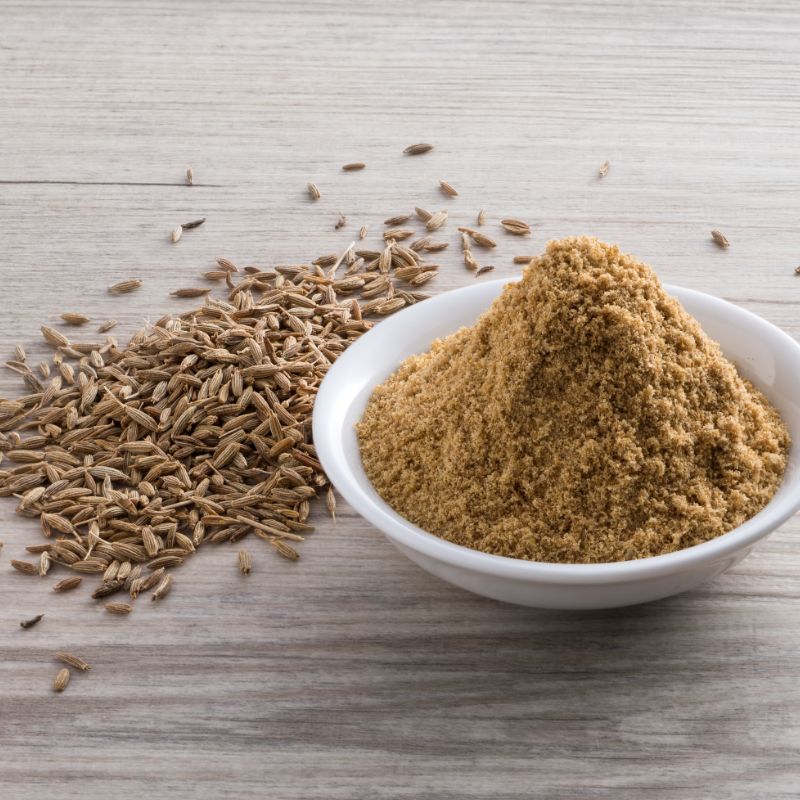
Reviews
There are no reviews yet.